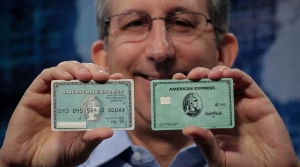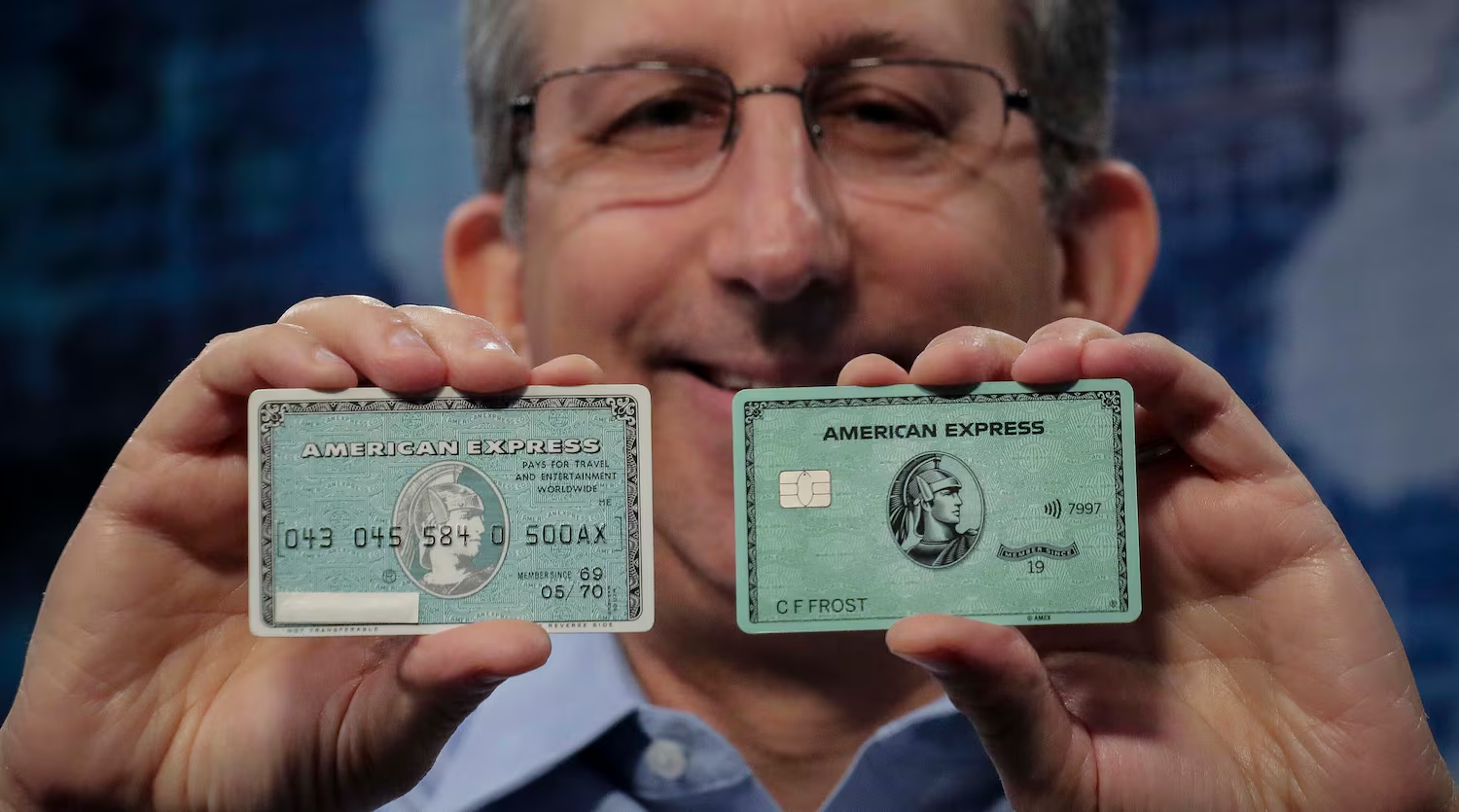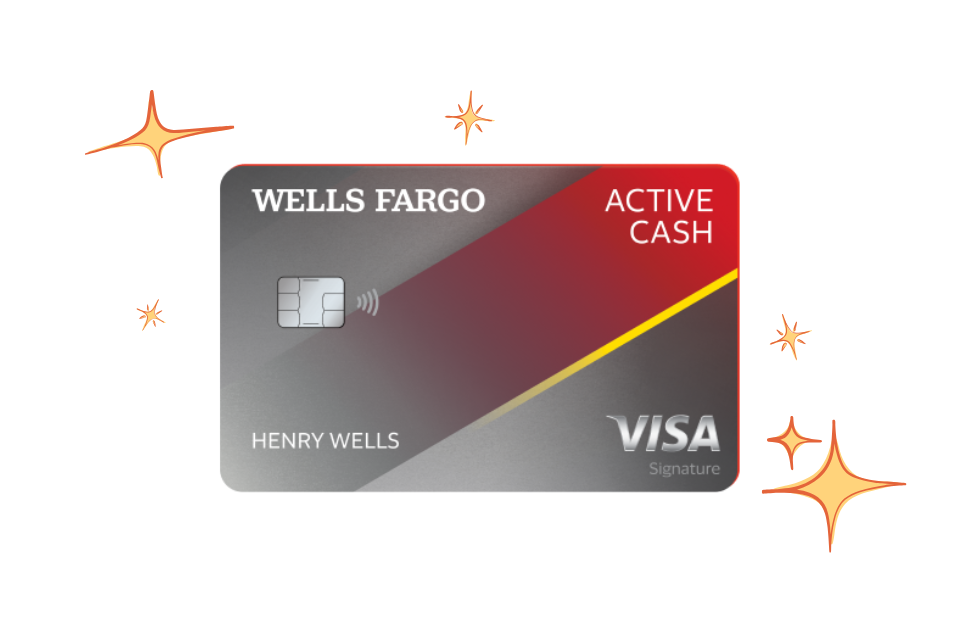Alright, you know you need a budget – it’s the cornerstone of getting a handle on your money. But maybe the idea of manually tracking every penny, wrestling with spreadsheets, or using the old envelope system feels… well, a bit tedious in the 21st century. Good news! Technology has made budgeting significantly easier and more accessible. There’s a whole universe of budgeting tools and apps available in the United States designed to help you track spending, categorize expenses, set goals, and see your financial picture clearly, often with minimal manual effort.
Finding the right budgeting sidekick can transform the process from a dreaded chore into an empowering habit. The best tool for you depends on your personal style, how much automation you want, and your specific financial goals. Let’s explore some of the most popular types of budgeting tools and apps and how they can help you stay on track.
Why Use a Digital Budgeting Tool?
While pen and paper or spreadsheets are classic methods, apps and software offer unique advantages:
- Automation: Many can link directly to your bank accounts, credit cards, and investment accounts, automatically importing transactions and categorizing them. This saves immense manual data entry time.
- Real-Time Tracking: See where you stand financially almost instantly, anytime, anywhere.
- Visualization: Apps often provide charts and graphs that make it easy to visualize your spending patterns and progress towards goals.
- Goal Setting: Many tools help you set specific savings or debt payoff goals and track your progress visually.
- Alerts and Notifications: Get reminders for upcoming bills or alerts if you’re close to exceeding a budget category.
- Accessibility: Access your budget from your phone, tablet, or computer.
Popular Types of Budgeting Tools and Apps
Budgeting tools come in various shapes and sizes, catering to different needs and preferences:
- All-in-One Financial Management Platforms: These tools go beyond just budgeting. They often allow you to link all your financial accounts (checking, savings, credit cards, loans, investments) to see your complete financial net worth in one place. They provide budgeting features alongside investment tracking, bill reminders, and credit score monitoring.
- Examples: Mint (free), Personal Capital (focuses heavily on investments, free), Empower (formerly Personal Capital – similar focus).
- Who it’s good for: People who want a holistic view of their entire financial life, not just budgeting. Those comfortable linking all their accounts.
- Dedicated Budgeting Apps: These tools focus specifically on the budgeting process. They might use different methodologies (like zero-based budgeting) and often provide detailed control over categories and spending plans.
- Examples: YNAB (You Need A Budget – paid, popular for zero-based budgeting), PocketGuard (free and paid tiers), Simplifi by Quicken (paid).
- Who it’s good for: People whose primary focus is rigorous budgeting and spending control. Those who prefer a specific budgeting philosophy.
- Spreadsheet-Based Systems: For those who love customization and control, a spreadsheet (like Google Sheets or Excel) can be a powerful budgeting tool. You can create your own categories, formulas, and visualizations.
- Examples: Google Sheets templates, downloadable budget templates from financial websites, building your own from scratch.
- Who it’s good for: People who are comfortable with spreadsheets, want complete control over their budget structure, and don’t mind (or prefer) manual data entry.
- Bank or Credit Union Tools: As mentioned previously, many financial institutions now offer their own built-in budgeting and spending analysis tools within their online banking platforms or mobile apps.
- Examples: Tools provided by major banks like Chase, Bank of America, Wells Fargo, local credit unions.
- Who it’s good for: People who prefer to keep their budgeting within their existing banking ecosystem and are comfortable with the features their bank offers.
Choosing Your Budgeting Sidekick: What to Consider
With so many options, how do you pick the right one?
- Your Budgeting Style: Do you prefer automatic tracking or manual entry? Do you want a strict zero-based budget or a more flexible category-based one?
- Features: What’s important to you? Automatic transaction importing? Goal tracking? Bill reminders? Net worth tracking? Investment insights? Credit score access?
- Cost: Are you looking for a free app, or are you willing to pay a monthly or annual fee for more features or a specific methodology (like YNAB)?
- Security: Ensure the app uses robust security measures to protect your linked account information.
- Ease of Use: The best tool is one you’ll actually use. Is the interface intuitive? Is it easy to set up and maintain?
- Account Linking: How well does it connect to the specific banks and credit cards you use?
Making the Tool Work FOR You
Simply downloading an app won’t magically fix your finances. You have to use it consistently.
- Connect Your Accounts: If using an app with automation, link all your relevant accounts during setup.
- Customize Categories: Adjust the spending categories to match your actual spending and your tracking needs. Make them specific enough to be useful (e.g., “Groceries,” “Restaurants,” not just “Food”).
- Set Realistic Budgets for Categories: Based on your spending analysis, set realistic limits for your variable spending categories.
- Review Regularly: Make it a habit to check the app daily or weekly to see your spending and progress. Review the full budget at the end of each month and make adjustments for the next.
- Don’t Get Discouraged by Setbacks: If you overspend in a category one month, don’t give up. Learn from it, adjust your budget or spending habits, and get back on track the next month.
Finding the right budgeting tools and apps in the US can be a game-changer for managing your money effectively. They streamline tracking, provide valuable insights, and help you stay accountable to your financial goals. Whether you prefer a comprehensive platform, a dedicated budgeting app, or a robust spreadsheet, choose a tool that fits your style, commit to using it consistently, and turn budgeting from a chore into a powerful habit that guides you towards financial success.









